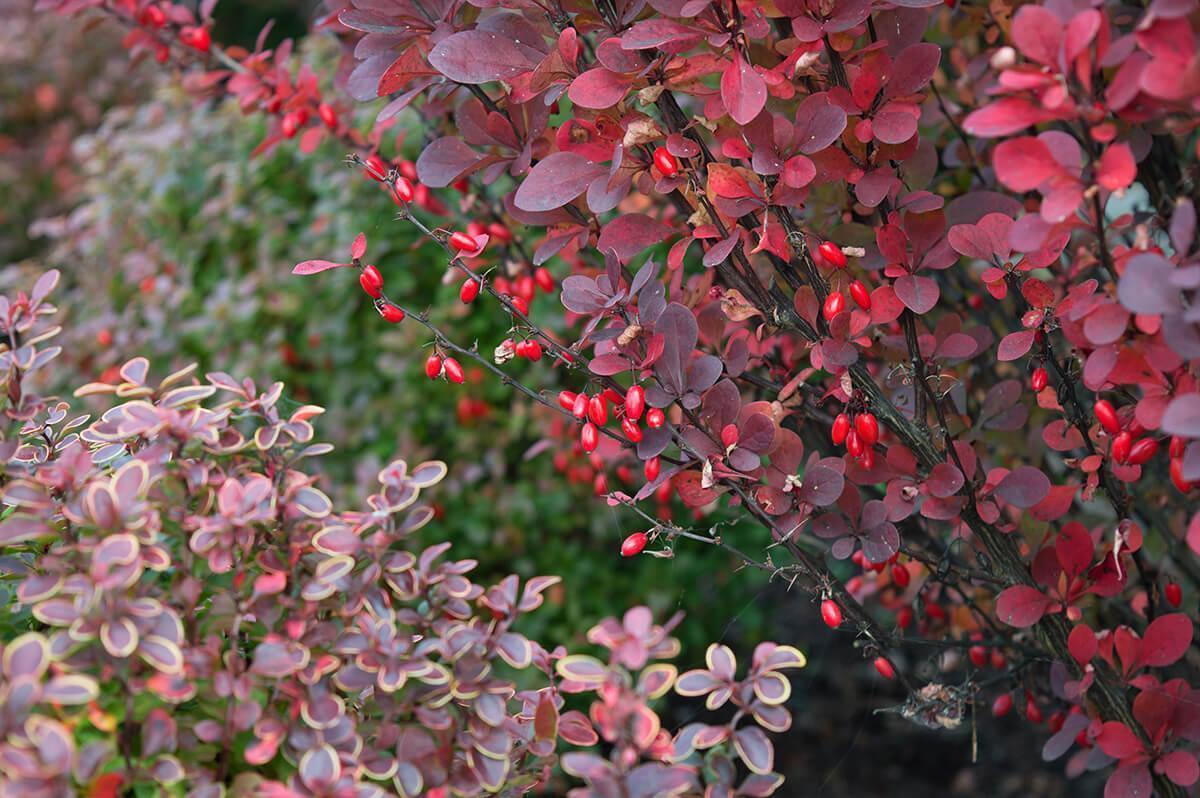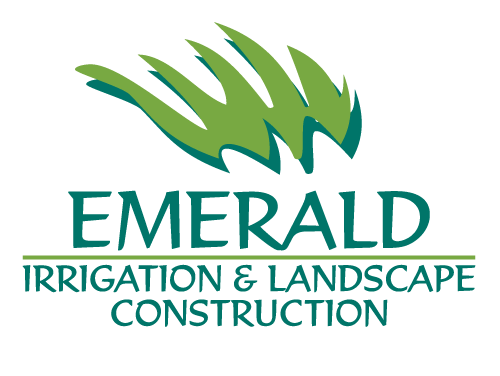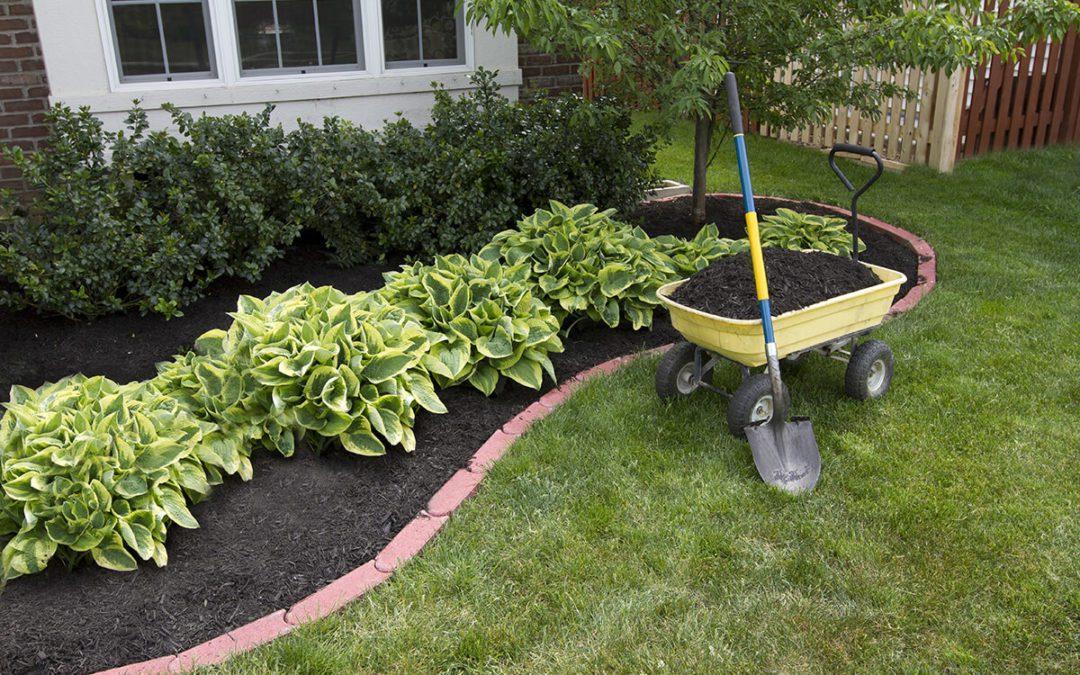With low snowfall levels across much of the west coast of Canada and the US this winter, we can expect a very dry summer and even drought conditions. Now is a great time to consider adding plants and shrubs to your property which are drought-tolerant. This means you can add or replace plants that are able to maintain their biomass during arid or drought conditions. We recommend plants that naturally adapt to fluctuations in moisture year over year. They survive and thrive through protection mechanisms such as desiccation tolerance, detoxification, or repair of xylem embolism.
Once established, your plants can withstand extended periods of dryness without deterioration. Some can go several weeks or even an entire summer season with limited water supplies.
Searching for the best plants
Let’s start with a plan to get your landscape through periods without rainfall. We do install irrigation systems but we know water is a scarce resource and costs do climb when there is a drought. Some factors to consider when choosing plants are:
Soil Type
A drought-resistant plant survives wonderfully in a loamy soil. Many plants will tend to struggle during a dry spell if the soil is sandy. Chat with the pros at Emerald Irrigation about what kind of soil is on your property.Competition for Resources
If your plants are sheltered below trees, or on a front lawn with xeriscaping and no tall trees, the available water may be less. The trees blocks rainfall and takes a significant quantity of water.Sun Exposure
We need to consider the quantity of water and sun that plants need. Keeping a tab on the hours of sun your plants are exposed to is key. Plants that are tagged as “full-sun plants” will be good choices for being more drought-resistant. But there are plants that work well in shady areas with limited rainfall. Note that not all sun-loving plants can tolerate excessive dryness!Geographic Location
Picking plants that grow well in your zone is the thing (this is listed on plant labels). There can be variations within zones; some regions are drier than others. Speak to your local irrigation or plant store experts before you make your purchase.
Choose Native Plants
These are plants that have adapted to the local Okanagan climate over centuries. Often there is a section in your plant nursery where these plants gather. These should work well as drought-resistant plants, provided you mimic their natural habitat. This includes the type of soil and the amount of sunshine or shade, and watering requirements. There are quite a few drought-resistant plants that one can grow in British Columbia. Red Horsechestnut (Aesculus x carnea) is a deciduous shade tree that is glorious. Yet another is the coniferous White Fir tree (Abies concolor) – this grows very well on dry, thin soil. The Tartarian Maple (Acer tataricum) is a gorgeous small maple tree that grows where space is limited. There is also the Kentucky Coffeetree (Gymnocladus dioicus) that is ideal for dry and difficult sites. Consider the Japanese Barberry (Berberis thunbergii) for its stunning foliage and fruit. Lastly, the Bluebeard (Caryopteris x clandonensis) grows well in Zones 5-9, is deer-resistant, and a great draw for bees and hummingbirds.
Note that the Russian Olive plant (Elaeagnus Angustifolia), is popular for its blue-green colour, but should be avoided due to its highly invasive nature!
Start Planning Now!
Give us a call! Emerald Irrigation & Landscape Construction can help recommend plants and trees, advise you on irrigation, and provide weekly gardening services. If you are looking to put together a drought-tolerant plan, look no further.

